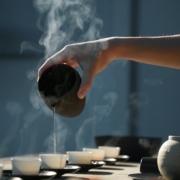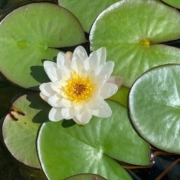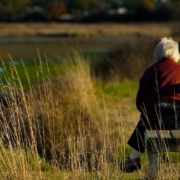Cuppa Green Tea
“Making a cup of green tea, I stopped the war.” ~ Paul Reps
I’ve loved this quote for decades and like all Zen koans, it ages well. How I’d say it now is: when I give full awareness to what is happening in this moment, I stop the war and my mind & body are nowhere else, there’s no conflict.
An American student of mine shared her dilemma: her partner is Chinese and he has a daughter. However, there’s great pressure for my student to bring her partner a son. She lives in China with him and is subject to the cultural norms.
Her partner and his mother are pushing her to go through repeated courses of In Vitro Fertilization. Her body is screaming to stop–her Chinese family pushes her to do more. She had the insight in our session to ask if this was normal? Of course it’s not normal, at least not by her own standards and her own standards matter; she’s slowly reclaiming that truth.
She admitted that for most of her life she has defined herself as the one who fills the void in other peoples’ lives so she can feel loved. However she navigates going forward, she now has the awareness of the unconscious beliefs causing her so much suffering. There’s a self violation that occurs in order to survive a complex situation. Most of us, if we’re honest have done this as well.
There’s no shame in our survival strategies. What’s important is that we learn how to come to the moment when we too could make a cup of green tea & stop the internal war.










